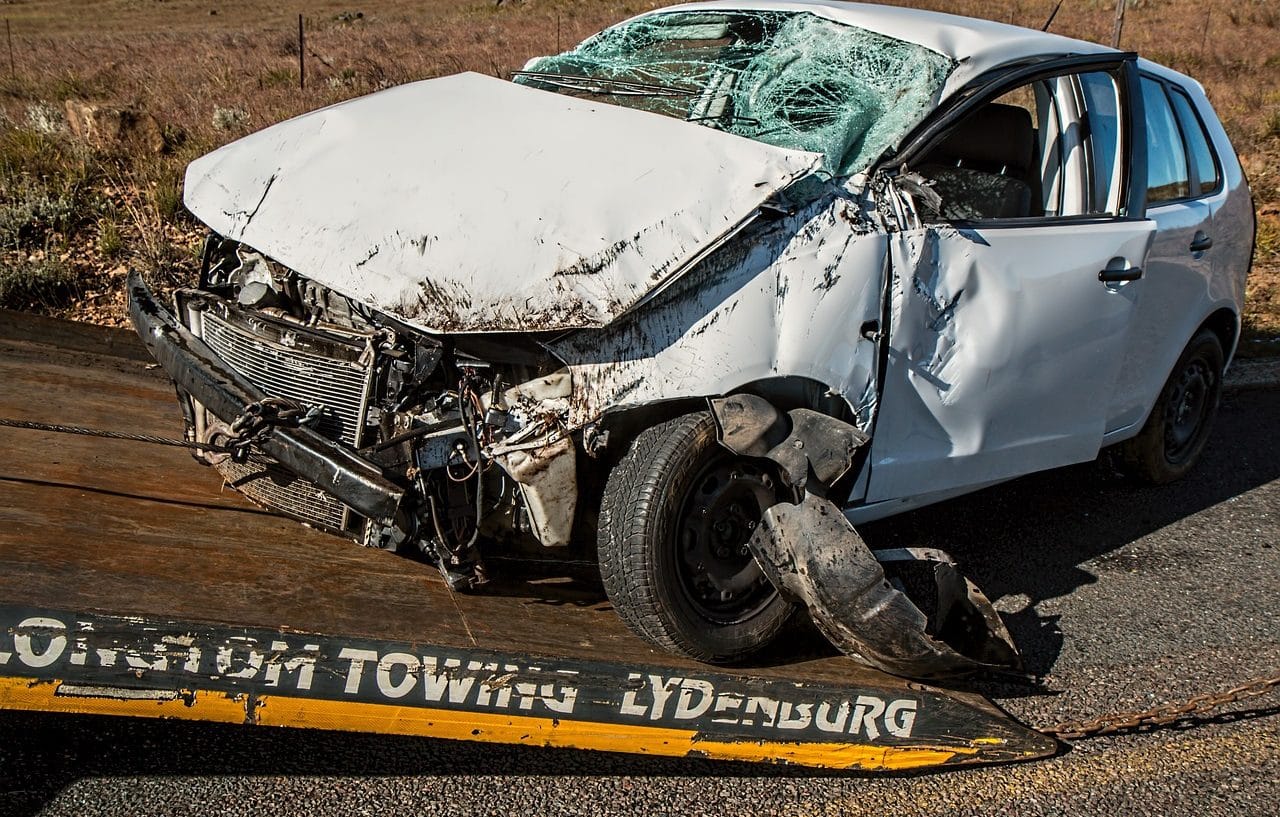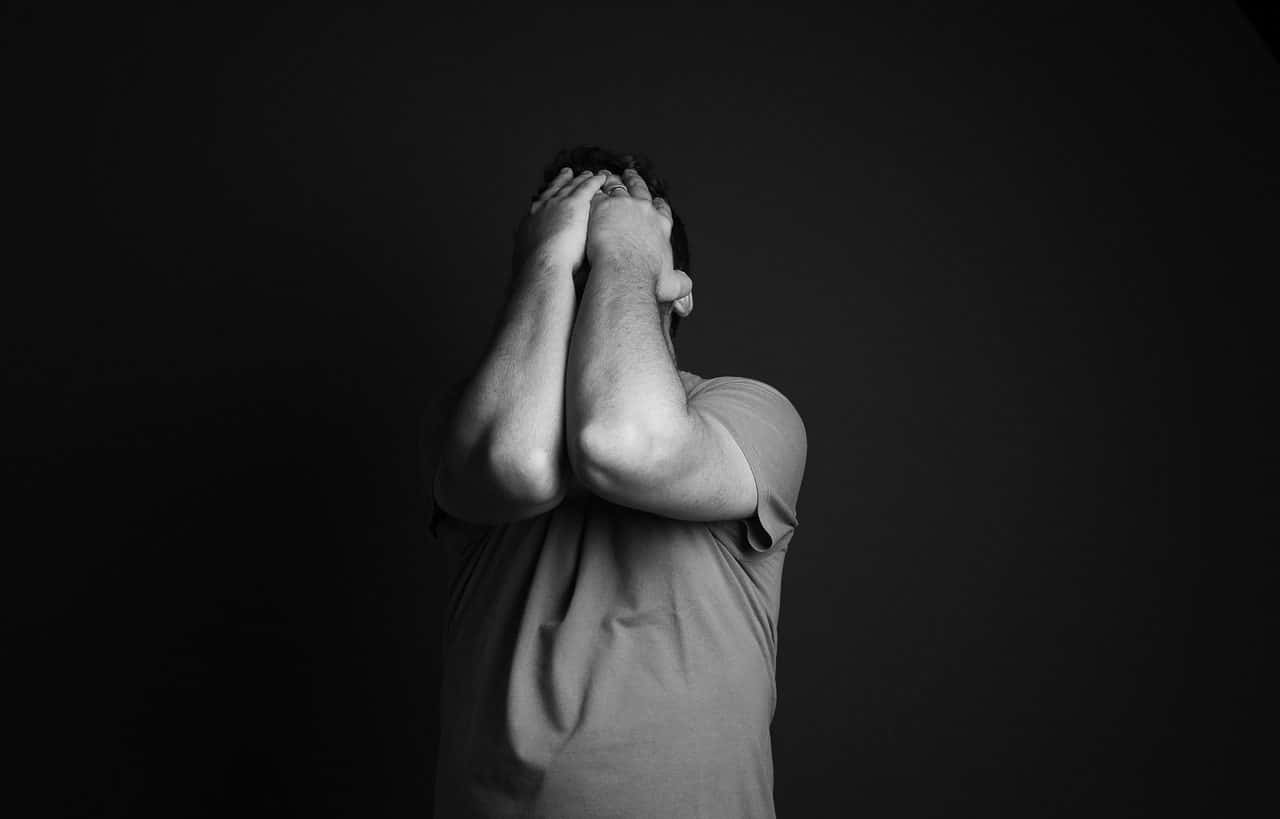
Physical and material damage is tangible and can affect a person's body or property.
Damages is a legal term that refers to financial compensation awarded to a person for damage or injury they have suffered due to the action or omission of another. It seeks to restore it to the state in which it was before the damage, covering both material losses (damages) and additional negative consequences (damages), such as suffering, pain or loss of opportunities.
Types of damage
Physical damage
The bodily injuries that a person suffers as a result of an accident, assault or any other action that affects their physical integrity. Compensation for physical injuries covers medical expenses, rehabilitation therapies, and in some cases, loss of benefits or income if the person is unable to continue working.
Material damage
They cover the loss or deterioration of tangible assets, such as property, vehicles, or any other valuable object. Compensation seeks to cover the cost of repair or replacement of these goods so that the person affected by the material damage does not suffer economic losses due to the incident.
immaterial damages
It involves damages that are neither tangible nor directly quantifiable in economic terms. Non-material damage encompasses emotional suffering, reputational damage, psychological pain, and any negative impact on personal life. A common example is seen in defamation damages, which result in emotional distress.
Moral damages
Also known as non-property damages , they include the emotional and psychological suffering that a person experiences as a result of a harmful event. Although they are more difficult to quantify, they are recognized by law in many legal systems. Moral injury can manifest itself in the form of anguish, emotional pain, humiliation or loss of reputation.
Psychological damage
Similar to moral damages, but focus on the lasting effects that a traumatic event can have on a person's mental health. They may include disorders such as depression, anxiety, post-traumatic stress disorder (PTSD), among others. Compensation focuses on covering psychological treatment and long-term repercussions on the life of the affected person.
punitive damages
They are intended to punish the person responsible, hold them accountable for negligence or malicious conduct, and deter similar behavior in the future. They are not common in all legal systems, but where they are applied, they can represent significant sums for the offender, beyond mere compensation for the damage suffered.

Distress, emotional pain, and loss of reputation are examples of moral damages.
Types of damages
Economic damages
They directly affect the assets of the injured person. They include financial losses such as decreased income, medical expenses, property repair costs, and any other damage that can be quantified in monetary terms. For example, if a person suffers an accident that prevents them from working, the lost income would be an economic loss.
Indirect damages
Consequences that do not arise immediately from the harmful event, but that arise as a result of it. An indirect injury may be the loss of a business or future employment opportunity due to an accident.
Future damages
Losses or damages that, although they have not yet manifested, are reasonably foreseeable and arise from the harmful event. For example, if a physical injury resulting from an accident may limit a person's ability to work in the future, that lost income is considered future harm. It may also include future medical treatments or rehabilitation.
Property damage
They affect the assets or economic assets of the affected person. They include both direct economic losses and additional costs that the person must incur to mitigate or repair the damage suffered. This may include the loss of value of an asset, the deterioration of properties, or any additional costs that impact the estate.

Created risk liability applies to certain unintentional damages.
Types of responsibilities
Civil liability
The legal obligation of a person or entity to repair harm caused to another. This concept is fundamental in the framework of damages because it establishes who must bear the compensation. It can arise from both intentional actions and negligent acts, and seeks to restore the economic balance affected by the damage.
There are two large categories within civil liability: contractual liability and extracontractual liability . The first refers to the obligation to provide compensation for breach of a contract, while the second covers damages caused outside of any contractual relationship, such as in the case of damages due to a traffic accident.
Liability for damages to third parties
It is crucial in situations where a person or company causes harm to someone with whom they do not have a direct contractual relationship. This type of liability may arise, for example, in a traffic accident where a negligent driver causes injuries to pedestrians or passengers. In these cases, the law allows affected third parties to claim compensation.
Product Liability
It implies that manufacturers, distributors or sellers may be liable for damages caused by a product that does not meet safety standards. This includes both material damage and damage to the health of consumers. Compensation for damages in these cases seeks to protect the consumer and ensure that products on the market are safe.
Strict liability
It is based on the idea that, in certain cases, a person or entity may be liable for damages caused, even without fault or negligence . A common example is created risk liability , where someone is held responsible for damages caused by an inherently dangerous activity, such as the construction of large infrastructure or the handling of hazardous substances.
Liability for moral damage
It covers non-property damages, such as emotional suffering or loss of reputation . This type of liability recognizes that, in addition to economic losses, the damage can affect the dignity, emotional integrity, and personal life of the victim, which is why compensation is granted to mitigate these effects.
Insurance and proof of liability
Liability insurance is a key tool for managing the risks associated with public liability. It covers the costs of compensation for damages, protecting the insured person or company from significant financial losses.
Proof of liability is the process by which it is determined who is responsible for damage and the extent to which the victim must be compensated, being a critical aspect in any claim for damages.
